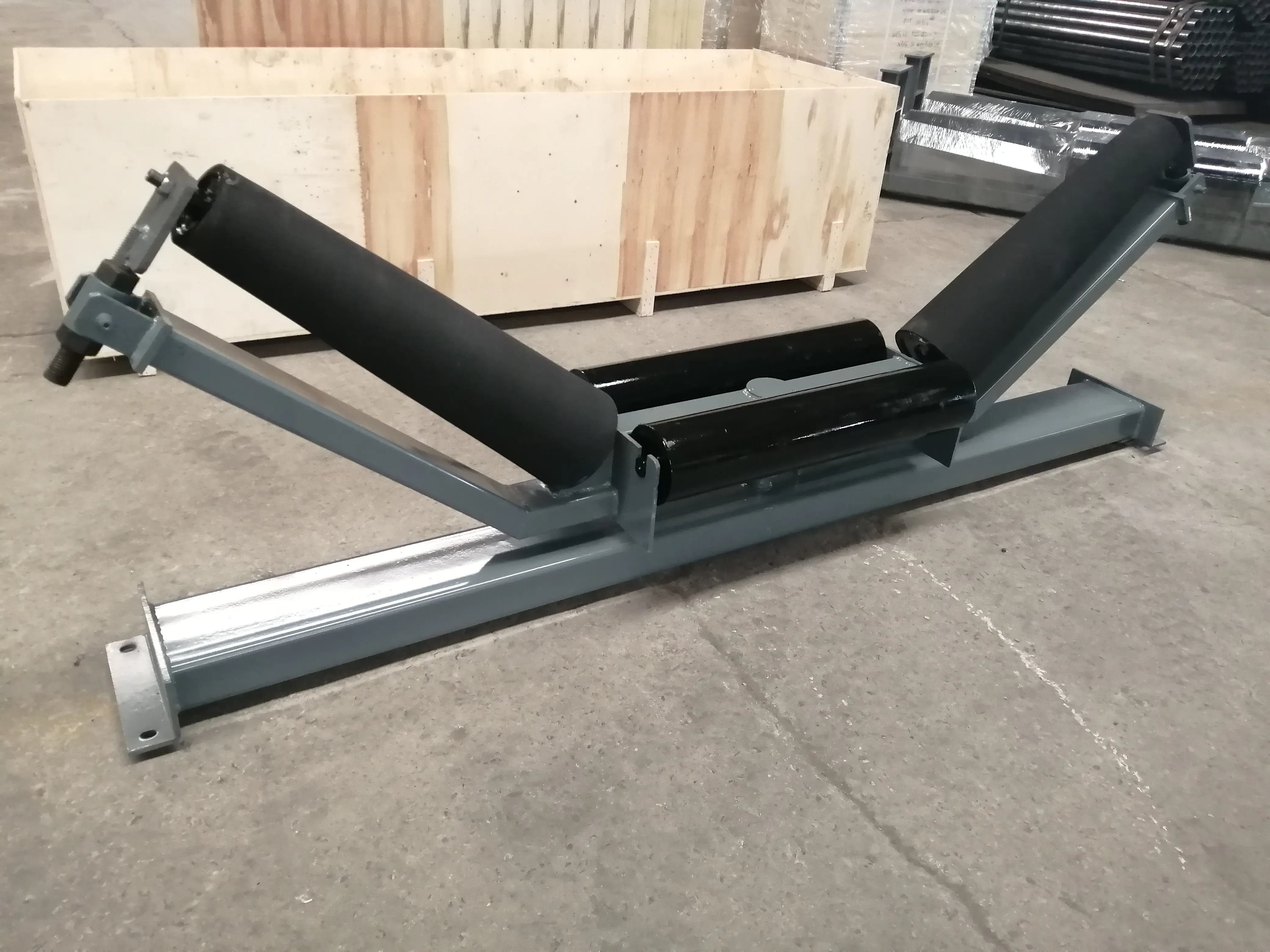 Afrikaans
Afrikaans  Albanian
Albanian  Amharic
Amharic  Arabic
Arabic  Armenian
Armenian  Azerbaijani
Azerbaijani  Basque
Basque  Belarusian
Belarusian  Bengali
Bengali  Bosnian
Bosnian  Bulgarian
Bulgarian  Catalan
Catalan  Cebuano
Cebuano  Corsican
Corsican  Croatian
Croatian  Czech
Czech  Danish
Danish  Dutch
Dutch  English
English  Esperanto
Esperanto  Estonian
Estonian  Finnish
Finnish  French
French  Frisian
Frisian  Galician
Galician  Georgian
Georgian  German
German  Greek
Greek  Gujarati
Gujarati  Haitian Creole
Haitian Creole  hausa
hausa  hawaiian
hawaiian  Hebrew
Hebrew  Hindi
Hindi  Miao
Miao  Hungarian
Hungarian  Icelandic
Icelandic  igbo
igbo  Indonesian
Indonesian  irish
irish  Italian
Italian  Japanese
Japanese  Javanese
Javanese  Kannada
Kannada  kazakh
kazakh  Khmer
Khmer  Rwandese
Rwandese  Korean
Korean  Kurdish
Kurdish  Kyrgyz
Kyrgyz  Lao
Lao  Latin
Latin  Latvian
Latvian  Lithuanian
Lithuanian  Luxembourgish
Luxembourgish  Macedonian
Macedonian  Malgashi
Malgashi  Malay
Malay  Malayalam
Malayalam  Maltese
Maltese  Maori
Maori  Marathi
Marathi  Mongolian
Mongolian  Myanmar
Myanmar  Nepali
Nepali  Norwegian
Norwegian  Norwegian
Norwegian  Occitan
Occitan  Pashto
Pashto  Persian
Persian  Polish
Polish  Portuguese
Portuguese  Punjabi
Punjabi  Romanian
Romanian  Russian
Russian  Samoan
Samoan  Scottish Gaelic
Scottish Gaelic  Serbian
Serbian  Sesotho
Sesotho  Shona
Shona  Sindhi
Sindhi  Sinhala
Sinhala  Slovak
Slovak  Slovenian
Slovenian  Somali
Somali  Spanish
Spanish  Sundanese
Sundanese  Swahili
Swahili  Swedish
Swedish  Tagalog
Tagalog  Tajik
Tajik  Tamil
Tamil  Tatar
Tatar  Telugu
Telugu  Thai
Thai  Turkish
Turkish  Turkmen
Turkmen  Ukrainian
Ukrainian  Urdu
Urdu  Uighur
Uighur  Uzbek
Uzbek  Vietnamese
Vietnamese  Welsh
Welsh  Bantu
Bantu  Yiddish
Yiddish  Yoruba
Yoruba  Zulu
Zulu Innovative Winged Pulley Design for Enhanced Performance and Efficiency in Mechanical Systems
The Winged Tail Pulley An Ingenious Innovation in Mechanical Design
The world of mechanical engineering is filled with fascinating inventions that have transformed industries and improved efficiency. Among these, the winged tail pulley stands out as a remarkable innovation that combines functionality with unique design, often used in various applications, particularly in conveyors and various lifting systems. This article explores the concept, design, and advantages of winged tail pulleys and their significant impact on technology.
Understanding the Winged Tail Pulley
The winged tail pulley is a specific type of pulley characterized by its distinct winged edges. Unlike traditional pulleys, which generally have a smooth surface, the winged design facilitates better handling of rope or belt movement, providing enhanced stability and reducing wear. The wings or fins act as guides that help maintain the alignment of the belt or cable when in motion. This feature is especially beneficial in high-tension applications where any misalignment could lead to mechanical failure or efficiency loss.
Design Features
The design of the winged tail pulley is not just about aesthetics; it has practical implications as well. Constructed typically from durable materials such as steel or reinforced polymers, the pulley is designed to withstand heavy loads and resist environmental stressors. The wings can be molded or machined to specific angles, allowing for customized solutions for various engineering challenges.
The winged design aids in minimizing slippage, which is a common problem in standard pulleys. By effectively guiding the belt or rope, the pulley ensures that the load is evenly distributed, thus prolonging the lifespan of both the pulley and the connected systems. Additionally, the shape contributes to reduced vibration and noise during operation, resulting in a more efficient and quieter workplace.
Applications in Various Industries
winged tail pulley

Winged tail pulleys have a wide range of applications across different industries. In mining, for example, they are used in conveyor systems to transport materials quickly and securely from one location to another. The increased stability they provide is crucial in environments where vibrations and oscillations are common, preventing materials from slipping or falling.
In manufacturing, these pulleys are integral to automated systems that require precise movement. They help in the seamless transition of products along assembly lines, improving throughput and reducing bottlenecks. The use of winged tail pulleys in material handling systems also contributes significantly to safety by minimizing the risk of accidents caused by misaligned or slipping belts.
Advantages of Winged Tail Pulleys
The benefits of using winged tail pulleys extend beyond just improved performance. Their design inherently allows for a lower operating cost. By reducing the wear and tear on belts and ropes, these pulleys lower the frequency of replacements and maintenance. This not only saves companies money but also minimizes downtime, thereby enhancing productivity.
Moreover, the enhanced efficiency of winged tail pulleys aligns with modern industry goals focused on sustainability and reduced energy consumption. Since they facilitate smoother operations, systems that utilize these pulleys often require less power to run, contributing to an overall decrease in energy usage.
Conclusion
In conclusion, the winged tail pulley exemplifies how innovative design can lead to significant improvements in mechanical systems. Its unique structure, built for stability and efficiency, has made it an invaluable asset across various industries. As technology continues to advance, the winged tail pulley will undoubtedly remain a key component in the quest for enhanced operational efficiency and reduced environmental impact. By appreciating and understanding such innovations, we can better appreciate the intricacies of mechanical engineering that underpin many aspects of our daily lives.
-
Revolutionizing Conveyor Reliability with Advanced Rubber Lagging PulleysNewsJul.22,2025
-
Powering Precision and Durability with Expert Manufacturers of Conveyor ComponentsNewsJul.22,2025
-
Optimizing Conveyor Systems with Advanced Conveyor AccessoriesNewsJul.22,2025
-
Maximize Conveyor Efficiency with Quality Conveyor Idler PulleysNewsJul.22,2025
-
Future-Proof Your Conveyor System with High-Performance Polyurethane RollerNewsJul.22,2025
-
Driving Efficiency Forward with Quality Idlers and RollersNewsJul.22,2025





























